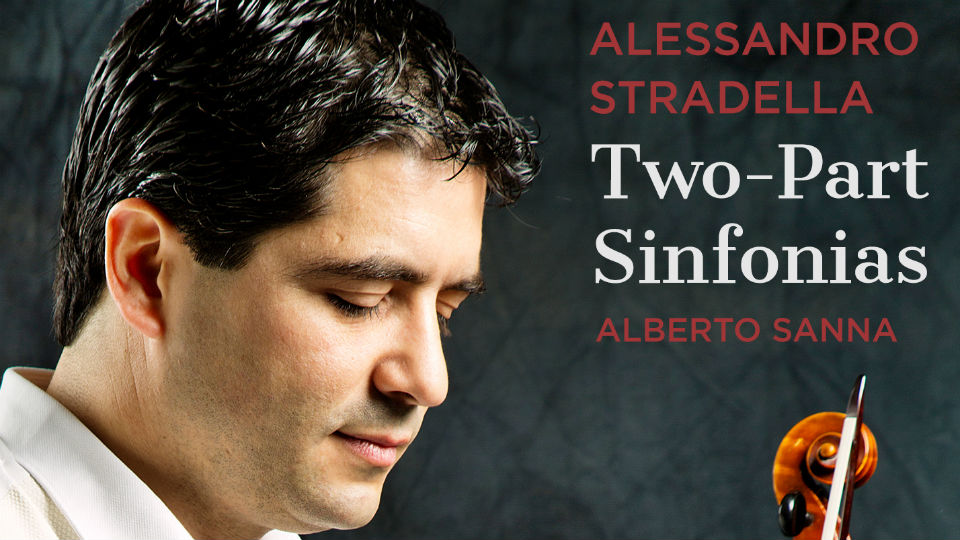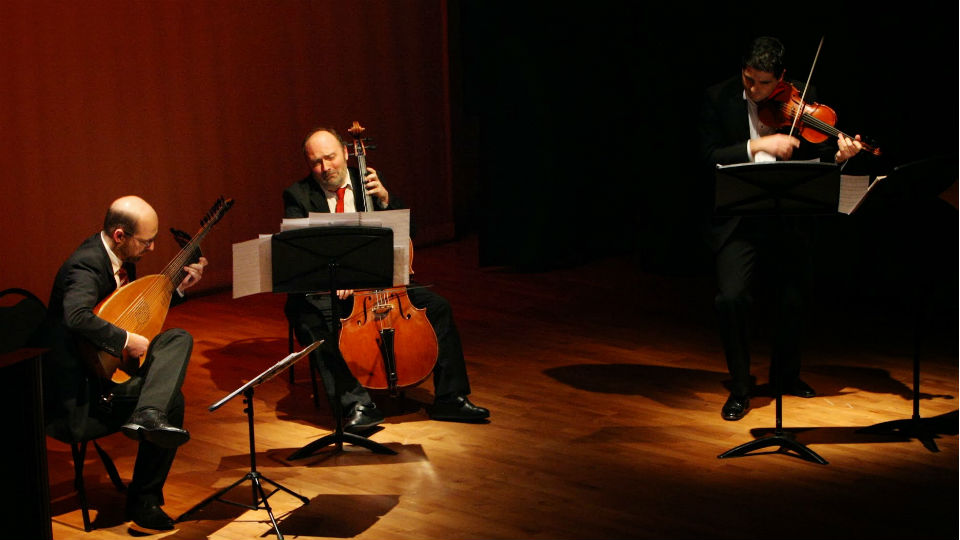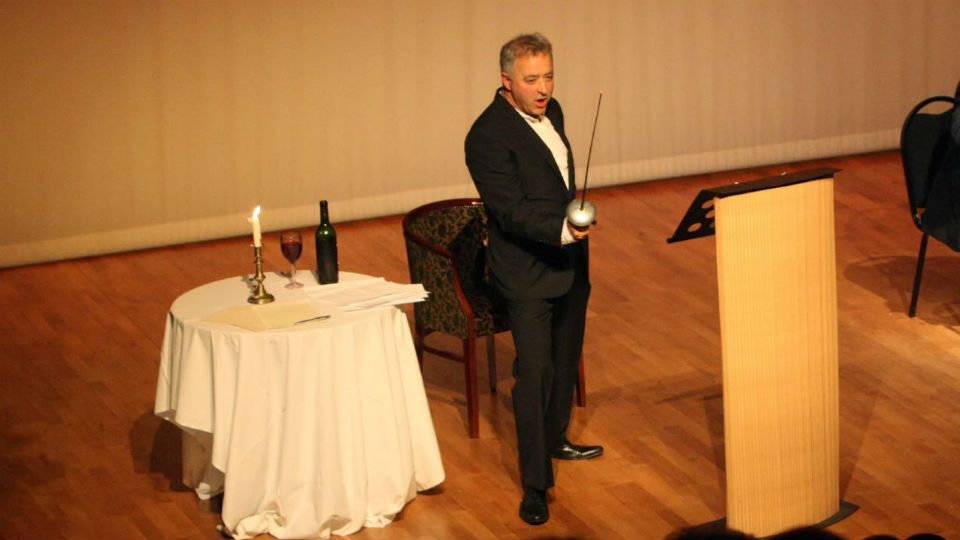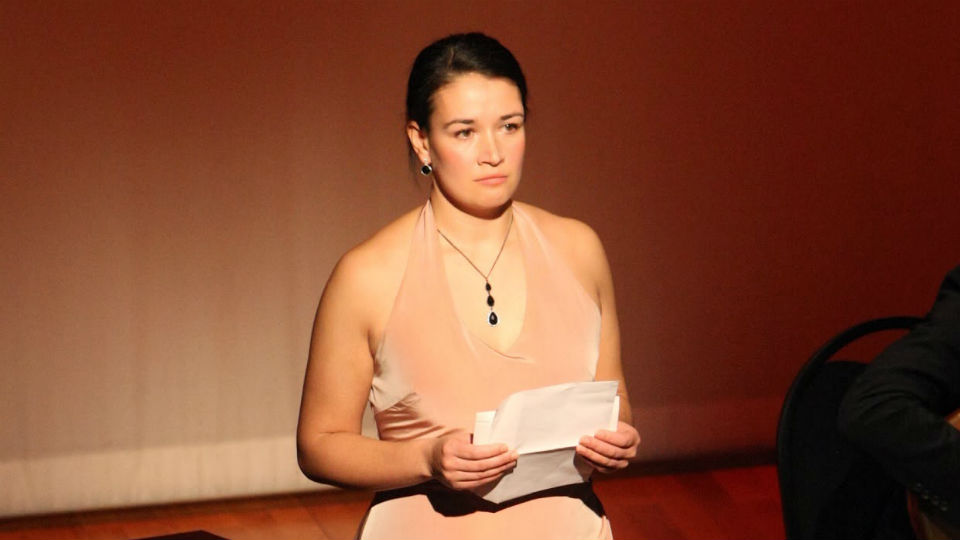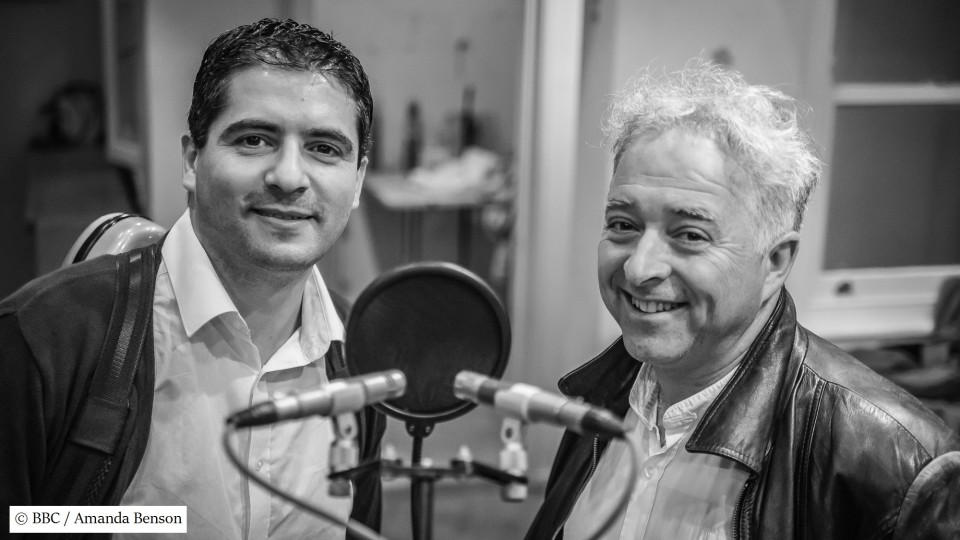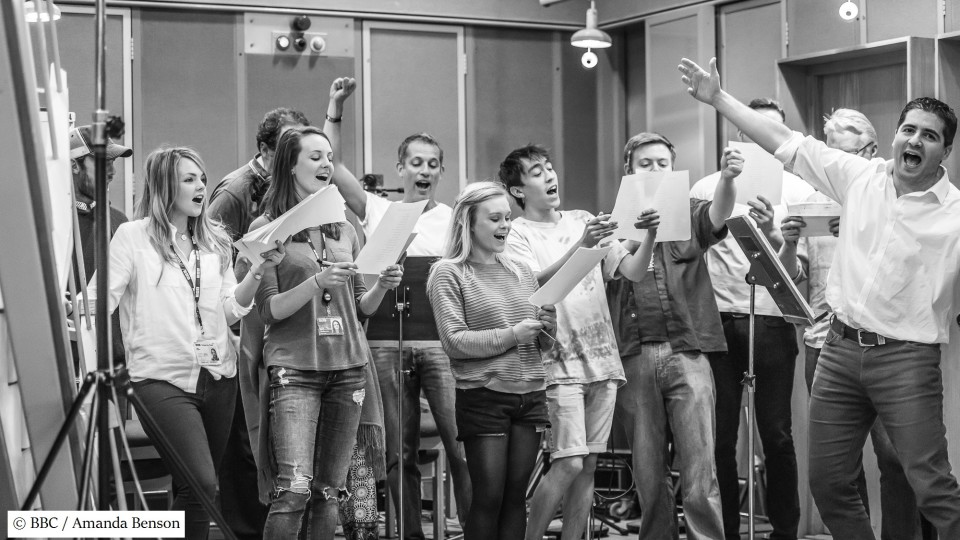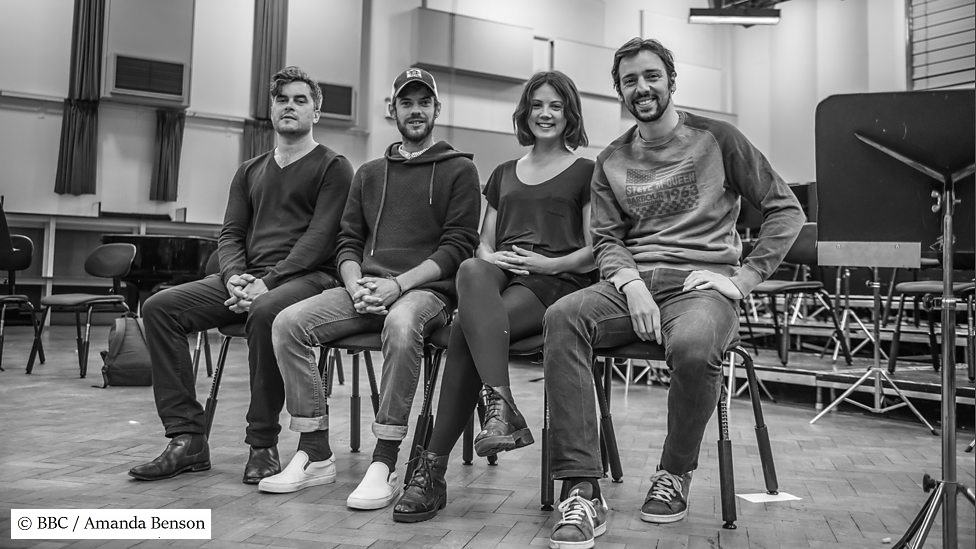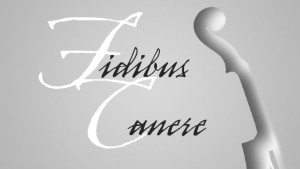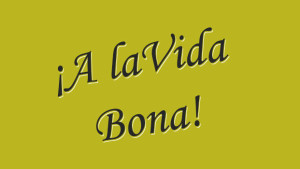Alessandro Stradella (1639-1682)
Intro
Alessandro Stradella was one of the most talented composers of the seventeenth century. Today he is primarily known for his vocal works – cantatas, oratorios, operas – but equally exceptional are his instrumental compositions, especially those for two and three instruments. Like many of his colleagues before the advent of copyright law, Stradella did not deal with the often unscrupulous music publishers and entrusted the circulation of his works to manuscript copies only. Upon his premature death, about 300 exemplars ended up scattered across more than fifty libraries and collections. The most famous of all Stradella compositions, the song Pietà, Signore, was not amongst those pieces, for the simple reason that it is not by Stradella!
Born in Nepi, a small town fifty kilometres north-west of Rome, Stradella was an offspring of the lesser nobility. His social rank enabled him to establish professional connections with some influential families in central and northern Italy, and thus foster his musical career. However, Stradella had a special talent for getting into trouble, too. Some of his acquaintances described him as ‘air head’ and ‘a fool for love’. In Rome he secured a considerable fee to arrange the marriage of an ugly, old woman to the nephew of the powerful Cardinal Cibo, the Pope’s Secretary of State. The churchman took the offence personally and the musician had to leave the city overnight, never to return. Having found a shelter in Venice, Stradella started an affair with a pupil of his, Agnese van Uffele, who unfortunately was also the mistress of one of his patrons, Alvise Contarini. Stradella fled to Turin with Agnese, but Contarini’s henchmen found him and gave him a lesson. Leaving behind Agnese, Stradella resettled in Genoa under the protection of the local aristocracy. Yet, while teaching music to ladies, ‘in order to touch too high, he touched low’ – to use the musical language of a contemporary document. One night, on his way back home, he was stabbed to death.
The Stradella revival is a relatively recent phenomenon. Eighteenth- and nineteenth-century critics and historians were far more interested in the composer’s unconventional life style than in his music. They set out to produce the ‘Stradella legend’ and disseminate it through a spate of fictional works – novels, poems, plays, operas. Along the process, Stradella’s beautiful compositions went virtually forgotten. Then, in the 1970s two American scholars, Carolyn Gianturco and Eleanor McCrickard, began to champion Stradella’s work within the musical community. Collaboratively they compiled a thematic catalogue of Stradella’s compositions and individually produced the definitive biographical study of the composer (Gianturco) and the critical edition of his instrumental pieces (McCrickard). Professor Gianturco was also the mind behind the National Edition of the Opera Omnia of Alessandro Stradella. This project, sponsored by the Italian Ministry of Culture, was launched in 2002 and, when completed, will finally make available to scholars and performers alike Stradella’s entire output in sumptuous critical editions.
The recording industry has approached Stradella’s music rather more randomly. The more important independent labels (Harmonia Mundi, Erato, Hyperion, Glossa) have not dared to go beyond one-off productions of his more famous works, the oratorios San Giovanni Battista and La Susanna. Since the 1990s the Italian record labels Bongiovanni and Stradivarius have attempted a more consistent approach. However, for understandable commercial reasons, they have restricted themselves to the cantatas with instrumental accompaniment and to the oratorios. As a result, we are left with a partial view of Stradella’s creative powers, one essentially limited to his contribution to the public sphere of seventeenth-century musical culture to which those genres traditionally belonged. What we miss then is the opportunity of deepening our understanding of Stradella’s role in the private sphere of music making through such genres as the instrumental sinfonia.
Alberto Sanna © 2016


